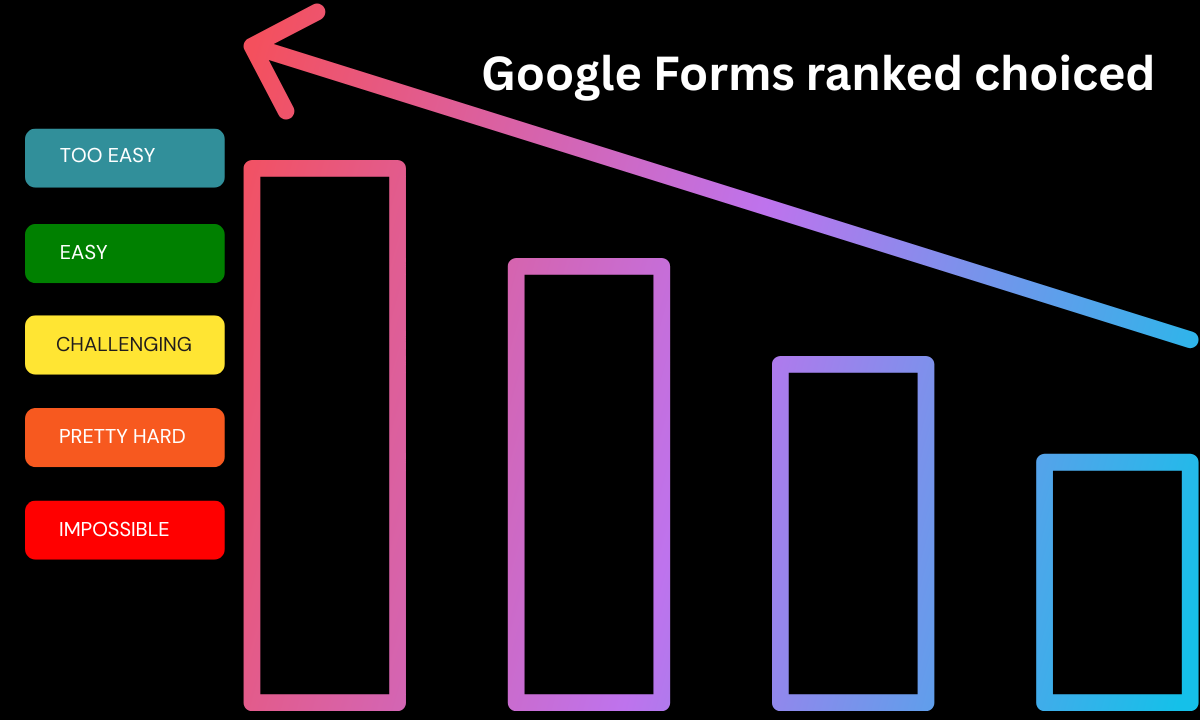Introduction
Maheshwari Process:
The Maheshwari Process has emerged as a revolutionary method in various industries, showcasing unparalleled efficiency and innovation. This guide delves into the details of the Maheshwari Process, its applications, and its benefits, providing you with a thorough understanding of its significance and potential impact.
What is the Maheshwari Process?
The Maheshwari Pro is a systematic approach designed to optimize workflows, improve outcomes, and reduce inefficiencies. Originally conceptualized to address specific challenges in manufacturing and production, it has since evolved to find applications across multiple sectors, including technology, healthcare, and education.
At its core, the Maheshwari Process emphasizes:
- Streamlined Operations: Eliminating redundant steps and focusing on critical processes.
- Enhanced Productivity: Leveraging innovative tools and techniques to achieve superior results.
- Sustainability: Incorporating eco-friendly practices to minimize environmental impact.
Key Components of the Maheshwari Process
To fully grasp the Maheshwari Process, it is essential to understand its key components:
1. Analysis and Assessment
The process begins with a thorough analysis of existing systems. This step involves identifying bottlenecks, redundancies, and areas for improvement. By conducting a detailed assessment, organizations can pinpoint the exact changes required to enhance efficiency.
2. Strategic Planning
Once the assessment is complete, the next step involves strategic planning. This includes setting clear objectives, allocating resources, and defining timelines to implement changes effectively. The Maheshwari Pro.. emphasizes data-driven decision-making to ensure accuracy and relevance.
3. Implementation
Implementation is the most critical phase of the Maheshwari Pro. This step requires meticulous execution of the planned strategies, ensuring all stakeholders are aligned and adequately trained. Technology often plays a significant role in this phase, aiding automation and precision.
4. Monitoring and Evaluation
After implementation, continuous monitoring is essential to measure the success of the process. Regular evaluations help identify further improvements and ensure the process remains effective over time.
Applications of the Maheshwari Process
The versatility of the Maheshwari Process has led to its adoption across various domains. Below are some key areas where it has made a significant impact:
1. Manufacturing and Production
In manufacturing, the Maheshwari Pro optimizes production lines, reduces waste, and enhances overall efficiency. It ensures that resources are utilized effectively, resulting in cost savings and higher output.
Manufacturing firms often struggle with bottlenecks and resource wastage. By implementing the Maheshwari Process, these companies can streamline their production lines, ensuring every stage operates efficiently. This leads to consistent product quality and reduced downtime, which is vital for maintaining competitiveness in the market.
2. Healthcare
The healthcare sector benefits from the Maheshwari Pro.. through improved patient care, streamlined administrative procedures, and enhanced medical research methodologies. Hospitals and clinics use this approach to manage resources better and ensure timely treatment.
For example, the Maheshwari Pro.. helps healthcare providers allocate resources efficiently, such as staffing, equipment, and facilities. It ensures that patients receive timely care, reducing wait times and improving overall satisfaction. Additionally, it aids in the research and development of new medical treatments by streamlining data analysis and research protocols.
3. Education
Educational institutions implement the Maheshwari Pro.. to improve curriculum development, enhance teaching methods, and streamline administrative operations. This ensures a more effective learning environment for students.
By applying the Maheshwari Process, schools and universities can revamp their administrative procedures, making processes like admissions, fee collection, and academic planning more efficient. Furthermore, educators can use data-driven insights to tailor teaching methods, ensuring better engagement and understanding among students.
4. Technology
In the technology sector, the Maheshwari Pro… aids in software development, IT infrastructure management, and cybersecurity. Its systematic approach ensures projects are completed on time and meet high-quality standards.
Technology companies benefit from the Maheshwari Pro.. by optimizing their development cycles. For instance, software development teams can break down complex projects into manageable tasks, ensuring each stage is executed flawlessly. This not only speeds up project completion but also reduces errors, leading to robust and reliable software solutions.
5. Environmental Conservation
The Maheshwari Process is increasingly being adopted in environmental conservation initiatives. By optimizing resource usage and minimizing waste, it helps organizations contribute to global sustainability goals.
For instance, industries adopting the Maheshwari Pro.. can significantly reduce their carbon footprint by focusing on energy efficiency and waste reduction. This aligns with international environmental standards and fosters a positive reputation among stakeholders.
Benefits of the Maheshwari Process
The Maheshwari Process offers numerous benefits, making it a preferred choice for organizations worldwide:
1. Improved Efficiency
By eliminating unnecessary steps and optimizing workflows, the Maheshwari Process ensures tasks are completed faster and with greater precision. This increased efficiency translates into better productivity and outcomes across all sectors.
2. Cost Savings
Organizations can significantly reduce operational costs by minimizing waste and improving resource allocation. Whether it’s material waste in manufacturing or inefficiencies in administrative processes, the Maheshwari Pro.. helps cut unnecessary expenses.
3. Enhanced Quality
The focus on continuous improvement and innovation results in superior products and services. By maintaining high standards throughout the process, organizations can deliver quality that meets or exceeds customer expectations.
4. Sustainability
Incorporating eco-friendly practices helps organizations reduce their environmental footprint, aligning with global sustainability goals. This is particularly important in today’s environmentally conscious market, where consumers prioritize green initiatives.
5. Scalability
The Maheshwari Pro.. is adaptable and scalable, making it suitable for organizations of all sizes and industries. Whether you’re a small startup or a multinational corporation, this process can be tailored to fit your specific needs.
6. Employee Satisfaction
Streamlined processes and reduced workload contribute to higher employee satisfaction and productivity. By creating a more organized and efficient work environment, the Maheshwari Pro.. helps employees focus on their core tasks without unnecessary distractions.
Steps to Implement the Maheshwari Process
If you are considering adopting the Maheshwari Process, follow these steps for successful implementation:
Step 1: Identify Objectives
Define the goals you aim to achieve through the Maheshwari Pro.. Whether it is cost reduction, efficiency improvement, or quality enhancement, having clear objectives is crucial. Without a defined purpose, the process can lose focus and fail to deliver desired outcomes.
Step 2: Conduct a Comprehensive Audit
Analyze your current processes to identify areas for improvement. Gather data, consult stakeholders, and assess the existing systems thoroughly. This step lays the foundation for a successful implementation by highlighting inefficiencies and potential opportunities.
Step 3: Develop a Customized Plan
Based on your findings, create a detailed plan tailored to your organization’s needs. This plan should include specific actions, timelines, and resource allocations. Customization ensures that the Maheshwari Pro.. aligns with your unique challenges and goals.
Step 4: Train Your Team
Ensure all stakeholders understand the Maheshwari Process and their roles in its implementation. Training sessions and workshops can help build the necessary skills and knowledge. A well-informed team is more likely to embrace changes and contribute to the process’s success.
Step 5: Execute the Plan
Implement the planned strategies with precision and monitor progress closely. Address any challenges promptly to maintain momentum. This phase requires coordination and commitment from all levels of the organization.
Step 6: Evaluate and Improve
Regularly evaluate the outcomes of the Maheshwari Process. Use feedback and data to make further refinements, ensuring continuous improvement. This step ensures that the process remains relevant and effective over time.
Real-World Success Stories
Several organizations have successfully implemented the Maheshwari Process, achieving remarkable results. A leading manufacturing firm adopted the Maheshwari Process to optimize its production line. By streamlining operations and reducing waste, the firm achieved a 20% increase in productivity and a 15% reduction in costs.
Another example is a renowned hospital that implemented the Maheshwari Process to improve patient care and administrative efficiency. As a result, patient waiting times decreased by 30%, and overall satisfaction rates improved significantly. Educational institutions have also benefited by revamping curriculum development and teaching methods, leading to enhanced student performance and engagement.
The Maheshwari Process stands as a transformative tool for achieving excellence across industries. By leveraging its principles, organizations can unlock their full potential, drive innovation, and achieve sustainable success.
Frequently Asked Questions about the Maheshwari Process
Q1: What is the Maheshwari Process?
The Maheshwari Process is a systematic approach designed to optimize workflows, enhance efficiency, and improve outcomes across various industries. It involves analysis, planning, implementation, and continuous evaluation to achieve organizational goals effectively.
Q2: Who can benefit from the Maheshwari Process?
The Maheshwari Process is versatile and can be applied in multiple sectors, including manufacturing, healthcare, education, technology, and environmental conservation. Any organization looking to improve productivity, reduce costs, and achieve sustainability can benefit from this process.
Q3: How is the Maheshwari Process implemented?
Implementation involves six key steps:
- Identifying objectives.
- Conducting a comprehensive audit.
- Developing a customized plan.
- Training the team.
- Executing the plan.
- Evaluating and refining the process.
Q4: What makes the Maheshwari Process unique?
The Maheshwari Process stands out due to its adaptability, focus on sustainability, and data-driven approach. It integrates innovative techniques to ensure efficiency and effectiveness while aligning with global environmental goals.
Q5: Is the Maheshwari Process suitable for small businesses?
Absolutely. The Maheshwari Process is scalable and can be tailored to fit the needs of small businesses. It helps streamline operations, improve resource utilization, and achieve better outcomes without significant investment.
Q6: How does the Maheshwari Process contribute to sustainability?
The Maheshwari Process incorporates eco-friendly practices, such as minimizing waste and optimizing resource use. This not only reduces environmental impact but also aligns organizations with global sustainability standards.
Q7: Are there any challenges in adopting the Maheshwari Process?
Like any transformation, implementing the Maheshwari Process requires commitment, coordination, and training. Initial resistance to change and resource allocation can pose challenges, but these can be overcome with effective planning and communication.
Q8: How long does it take to see results with the Maheshwari Process?
The timeline for results depends on the organization’s goals and the complexity of its existing processes. While some improvements can be observed within a few months, achieving long-term benefits requires consistent monitoring and refinement.
Q9: Can technology enhance the Maheshwari Process?
Yes, technology plays a crucial role in automating tasks, analyzing data, and ensuring precision during implementation. Tools such as workflow management software and analytics platforms can significantly enhance the effectiveness of the Maheshwari Process.
Q10: How does the Maheshwari Process improve employee satisfaction?
By streamlining processes and reducing inefficiencies, the Maheshwari Process creates a more organized and less stressful work environment. This allows employees to focus on meaningful tasks, boosting morale and productivity.
Conclusion
The Maheshwari Process is more than just a methodology—it is a transformative approach that empowers organizations to achieve their fullest potential. By focusing on efficiency, sustainability, and continuous improvement, it addresses the challenges of modern industries while paving the way for long-term success.
Whether you are a small business aiming to optimize operations or a large enterprise seeking to enhance productivity, the Maheshwari Process offers a structured and effective solution. Its adaptability and proven results make it a valuable asset for organizations across the globe. Embracing the Maheshwari Process is not just a step towards improvement; it is a leap toward a sustainable and prosperous future.












